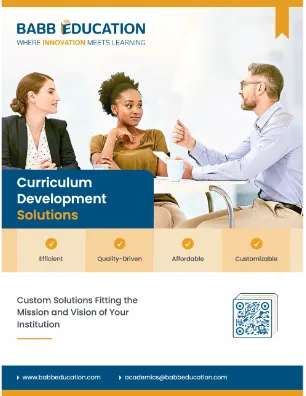Faculty are busy, professionally skeptical, and exist on a wide spectrum of technological comfort. A single, mandatory "ChatGPT 101" workshop is doomed to fail. It will be too basic for your early adopters and too advanced or irrelevant for your staunchest skeptics.
To succeed, you need a differentiated, empathetic, and strategic approach to training. The goal isn't to make every faculty member an AI expert overnight. The goal is to move each person one step forward along the path of adoption. Here is a proven three-tiered model to guide your faculty development efforts.
Tier 1: The "Curious but Cautious"
This group is your largest. They've heard about AI but are worried it’s just more work, a new way for students to cheat, or too complicated for them to learn. Your goal here is to lower the barrier to entry and demonstrate immediate value.
- Focus on Efficiency. Do not start with pedagogy. Start with their pain points. Host "AI for Academics: 30-Minute Power Sessions" focused on how AI can save them time. Show them how to draft course announcements, generate quiz questions, or get a first draft of a recommendation letter.
- Provide Simple Resources. Create one-page "cheat sheets" with effective prompts for academic tasks. A small, immediate win is the best antidote to resistance.
Tier 2: The "Willing to Experiment"
This group understands the basics and is open to exploring how AI can change their teaching. They are ready to talk about pedagogy.
- Offer Deeper Dive Workshops. This is where you introduce concepts like assessment redesign. Host a workshop (or use our link to pillar article for ideas) on "5 Ways to Redesign Your Final Essay."
- Foster Faculty Learning Communities (FLCs). Create small, cohort-based groups where faculty can experiment with a new AI-integrated assignment over a semester. The peer support and shared experience are invaluable.
- Showcase Internal Champions. Find faculty in Tier 2 who have a successful experience and ask them to share their story at a departmental meeting. Peer testimonials are far more powerful than top-down directives.
Tier 3: The "Pioneers and Innovators"
This small but vital group are your early adopters. They are already using AI and are hungry for more. Don't let their enthusiasm go to waste.
- Support and Amplify Their Work. Offer them small grants, course releases, or research support to develop cutting-edge AI pedagogy. Encourage them to present their work at conferences and publish on the Scholarship of Teaching and Learning (SoTL).
- Turn Them into Mentors. Position these pioneers as paid mentors or consultants for faculty in Tier 1 and Tier 2. They can offer one-on-one consultations or lead advanced workshops, lending immense credibility to your training program. By meeting faculty where they are, you transform faculty development from a mandatory chore into a valuable professional opportunity. This respectful, tiered approach builds momentum, reduces anxiety, and creates a culture of shared innovation.
This targeted training model is a crucial component of a successful campus-wide AI strategy. To understand how it aligns with institutional goals, read Strategic AI in Higher Education: A Leader's Guide | Babb Education



